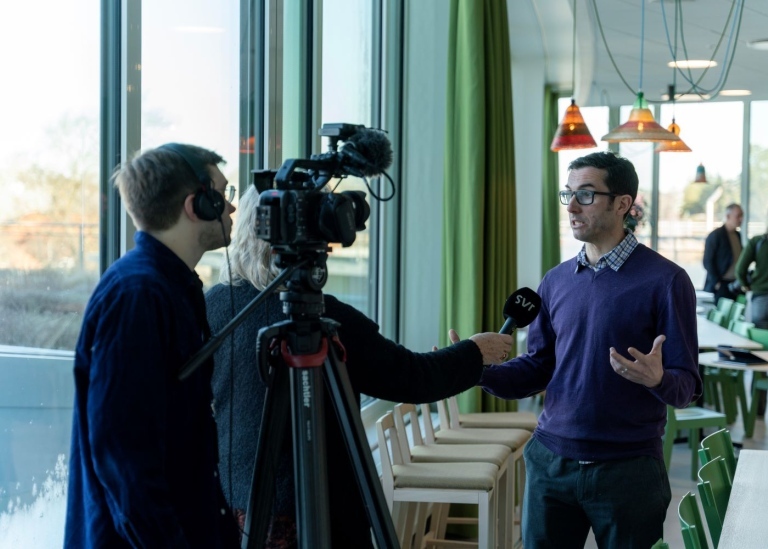Stockholm University co-leads Sweden’s first national citizens’ assembly on climate

60 participants, chosen to reflect Swedish society, are part of the assembly. They will meet several times this spring, to deliberate and propose well-reasoned and well-informed suggestions on how Sweden can adhere fully to the Paris Agreement. The ambition is that the citizens’ assembly will enrich and nuance the public and political debates on climate issues in Sweden.
"Democratic lottery" to choose participants
The participants of the citizens’ assembly have been chosen using a “democratic lottery”. An invitation was first sent to 7 000 randomly selected people registered in the Swedish state personal address register, SPAR. Nearly 500 recipients indicated their interest to partake. Of these, 60 were chosen with the help of an algorithm to reflect the Swedish society.
I am very pleased that so many people were interested in participating in the Citizens' Council. This indicates a high level of commitment, which paves the way for valuable discussions that bring together different experiences and perspectives”, says Tim Daw, researcher at Stockholm Resilience Centre and project leader for the citizens’ assembly.
The participants will discuss, learn from each other, and take into consideration different arguments. They will be supported by some of Sweden’s leading researchers and experts who will share insights from their respective areas of knowledge. The citizens’ assembly will vote for suggestions and present these at the end of May.
The citizens’ assembly is a part of the research programme Fairtrans - a collaboration between Stockholm Resilience Centre at Stockholm University, University of Gävle, Uppsala University, Lund University and IVL Svenska Miljöinstitutet.
